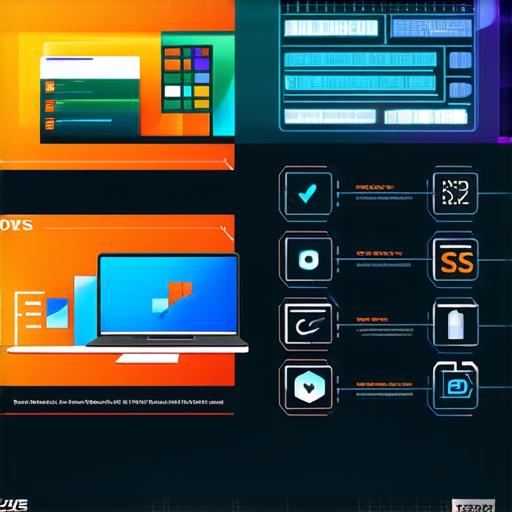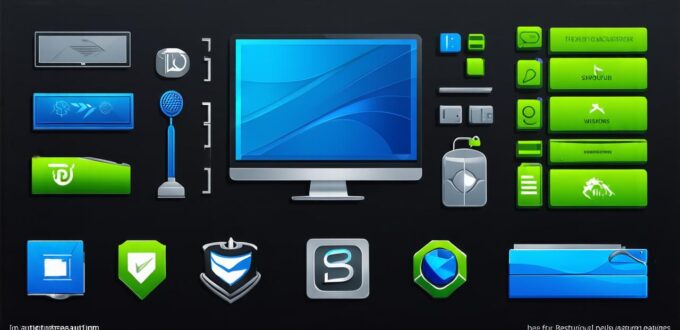Introduction:
As technology advances and more devices become integrated into our daily lives, software becomes an essential component of modern computing. With so many different types of software available, it can be overwhelming for even the most experienced software developers to keep up with the latest trends and technologies. In this article, we will explore ten different kinds of software found on computers, including their functions, benefits, and drawbacks.
1. Operating Systems:
Operating systems (OS) are the backbone of a computer. They manage the hardware resources and provide an environment for applications to run. Examples include Windows, macOS, and Linux. Each OS has its unique features and capabilities, making them suitable for different types of users and tasks. For example, Windows is commonly used in businesses due to its compatibility with various software programs, while Linux is popular among developers who prefer open-source technology.
2. Productivity Software:
Productivity software includes applications that help individuals and teams work more efficiently. Examples include Microsoft Office (Word, Excel, PowerPoint), Google Drive, and Slack. These tools allow users to create, edit, and share documents, collaborate with others, and manage tasks effectively. However, they can be resource-intensive and may slow down a computer if not optimized properly.
3. Multimedia Software:
Multimedia software includes applications that enable users to create and edit digital media, such as videos, images, and audio files. Examples include Adobe Creative Suite (Photoshop, Premiere Pro), Final Cut Pro, and Audacity. These tools are essential for content creation, but they require significant processing power and memory, making them unsuitable for older or lower-end computers.
4. Gaming Software:

Gaming software includes applications that enable users to play video games on their computers. Examples include Steam, Origin, and Battle.net. While these tools provide an immersive gaming experience, they can be resource-intensive and require specialized hardware, such as graphics cards and high-speed processors.
5. Utilities Software:
Utilities software includes applications that optimize and manage system resources, improve performance, and enhance the overall user experience. Examples include CCleaner, Malwarebytes, and Ashampoo WinOptimizer. These tools can help users remove unnecessary files, clean up temporary data, and speed up their computer’s boot time, but they may also introduce new risks if not used carefully.
- Educational Software:
Educational software includes applications that are designed to teach specific skills or subjects. Examples include Khan Academy, Coursera, and edX. These tools can be invaluable for students and educators alike, providing access to a wide range of courses and resources. However, they may require internet connectivity and may not be suitable for older computers with limited processing power.7. Mobile Software:
Mobile software includes applications that are designed specifically for mobile devices, such as smartphones and tablets. Examples include WhatsApp, Instagram, and TikTok. These tools can help users stay connected with friends and family, access information on the go, and entertain themselves. However, they may require a dedicated mobile device and may not be compatible with all computers.
8. Web Browsers:
Web browsers are applications that enable users to access the internet and view web pages. Examples include Google Chrome, Mozilla Firefox, and Safari. While these tools are essential for online communication and research, they can be resource-intensive and may slow down a computer
